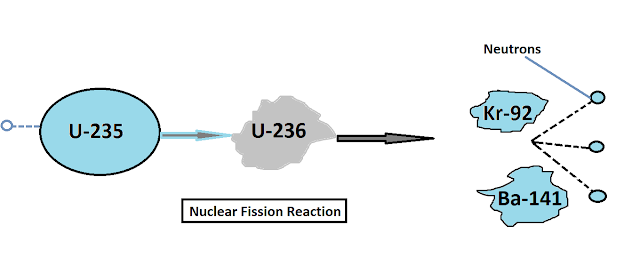Laser ,Types and Use

LASER :- LASER is an acronym of Light Amplification by stimulated emission of Radiation. It is an optical device which produces an intensive beam of highly coherent, Monochromatic light[ Electromagnetic radiation, especially visible radiation, of only one frequency or wavelength]. It can travel over great distance without spread. LASER LIGHT :- 1. It is very different than normal light and contains only one specific wavelength of light. 2. A laser light has very tight beam and is very strong and concentrated. 3. A laser light can go to the moon and th...





